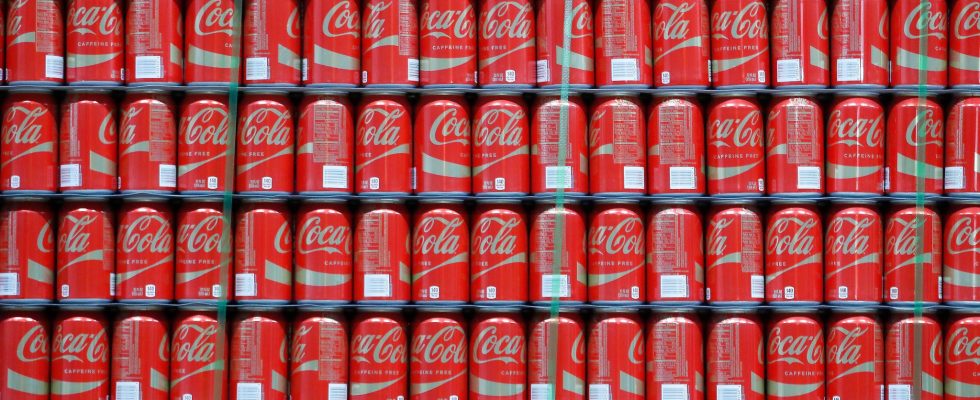In the ruthless world of the stock market, a simple statement can sometimes have the effect of a bomb. Coca-Cola, PepsiCo, Mondelez and even Nestlé paid the price on October 4, 2023, when the CEO of Walmart, the world leader in mass distribution, declared that its customers taking anti-obesity drugs were consuming less food, in particularly the most caloric products, the preserve of these multinationals. It took no less for their stock prices to derail.
The threat is taken very seriously across the Atlantic and is emerging in Europe. Rightly so: the proportion of obese people is around 40% in the United States, and around 17% in the Old Continent. The appearance of treatments against this disease, considered very promising, could constitute a small revolution both social and economic. Since their arrival on the market, publications from analysts anticipating upheavals have multiplied. As is often the case, there would be winners and losers. Textiles could well benefit from this generalized weight loss cure. One or more sizes smaller, it’s a new wardrobe for the 25 million Americans who could opt for GLP-1 analogues – the hormone that increases the feeling of satiety – by 2035, according to Morgan Stanley forecasts. “There is going to be a change, certainly not radical, but progressive in this sector,” confirms John Plassard, investment specialist at Mirabaud.
Already concrete consequences
In aviation, lighter travelers could consume less fuel, the main cost item for airlines. “Samoa Air, for example, had started charging ticket prices based on the weight of passengers and their luggage. The airline industry is very aware of the situation, but it is very difficult to say at this stage whether this will constitute a major turning point,” said John Cawley, health economist at Cornell University. More naturally, health systems would be relieved of a significant part of their expenses. “When an obese person loses 20% of their weight, this translates into healthcare savings of approximately $1,000 per year. In the case of morbid obesity, they are even greater,” calculated the specialist with his teams.
Conversely, certain areas are already starting to feel the repercussions of the surge in appetite suppressants. Weight loss specialists like Weight Watchers, Medifast and Jenny Craig “find themselves in difficulty. Now that it is possible to take medication and lose weight, there will be much less demand for their services. Operations Bariatric surgery could also become less common, because there is now another way to lose up to 20% of your weight,” says John Cawley.
An impact to put into perspective in the short term?
And then there is the food industry. In a three-month study, Goldman Sachs showed that a cohort of American GLP-1 users reduced their purchases of chips, snacks and other crackers by 23 to 25% compared to a typical consumer. “Nestlé and Danone are not going to collapse on the stock market. On the other hand, this will accelerate the transition to healthier products. Large manufacturers are able to develop their offering quickly thanks to their investment capacities,” anticipates John Plassard . “Let’s not downplay the ability of retail giants to provide the food you’ll want to eat tomorrow. If everyone starts eating protein yogurt, they will adapt, and you’ll find it on every shelf in large quantities. These are groups with significant prescribing power. If there is a demand, there will be the products,” adds Nicolas Picard, head of the health division at CPR Asset Management (CPRAM).
The short-term impact could nevertheless prove to be relative. Today, anti-obesity drugs are very expensive, and the only two laboratories producing them – Novo Nordisk and Eli Lilly – do not yet have the infrastructure to meet demand. “This is not going to disrupt household consumption for the moment. But if there were a mass use of these treatments, we could imagine more significant consequences,” judges Bastien Drut, head of strategy and economic research at CPRAM . New pharmaceutical companies will enter the race, but until then the growth in the number of patients could remain limited. “For the trend to continue, more insurers will need to cover these drugs, particularly in the United States,” adds Steen Jakobsen, investment director at Saxo Bank. Another hot topic on the other side of the Atlantic.
.
